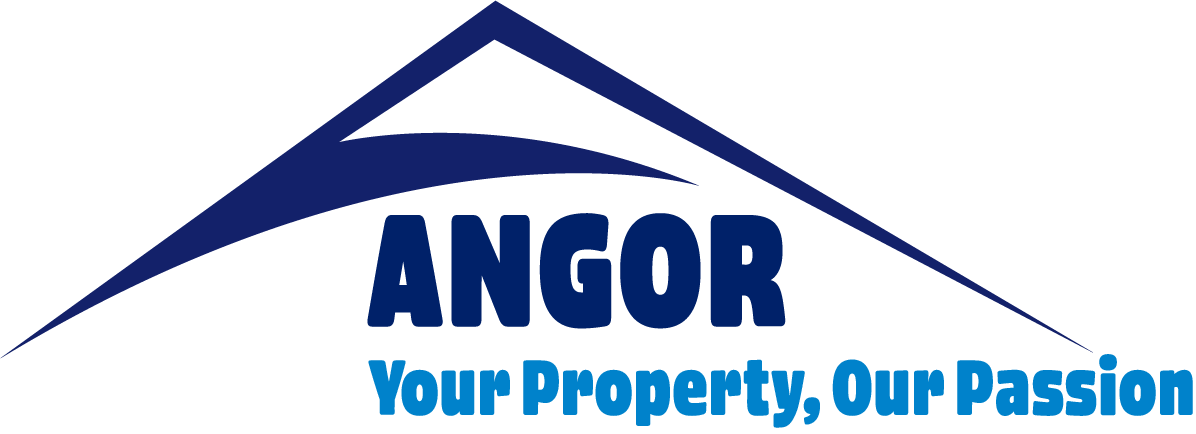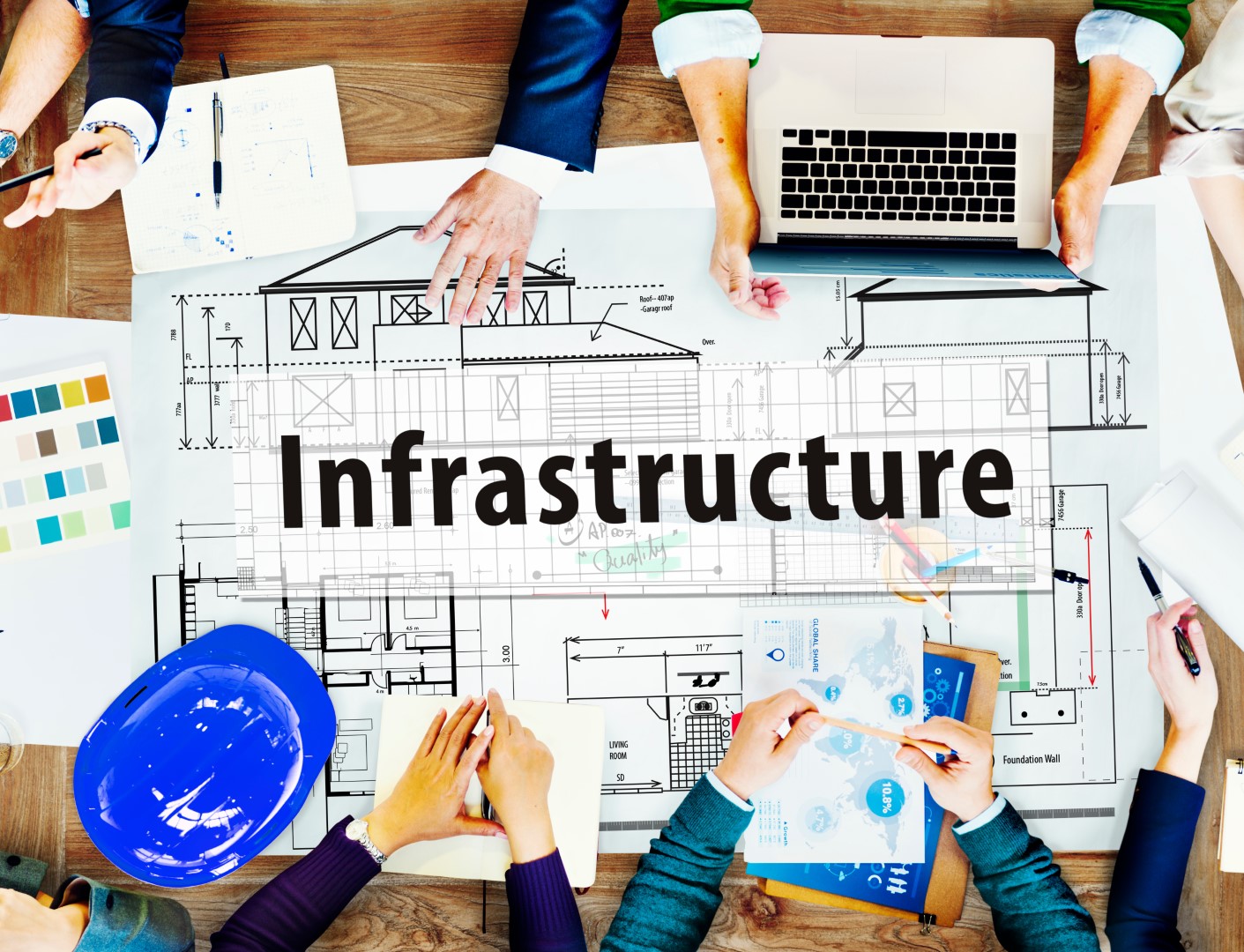Ageing Infrastructure: How Good Maintenance Builds a Better Community Scheme
The difference between an old lightbulb and a new one is like the difference between night and day. Old lamps and old appliances, overall, use more resources to operate than their younger cousins. For instance, an old washing machine can use 40-75 litres of water for a single wash, as well as an astounding amount of electricity to heat it all, while a newer machine uses as little as 13 litres and an energy footprint that is proportionally much smaller.
These may seem like basic amenities, but each amenity contributes to the wider infrastructure of a locale. While it can be tempting to ignore the maintenance or improvement of this infrastructure to save a quick buck, or to free up time, in the long run such neglect can incur a huge cost on the community.
Infrastructure News wrote a report in 2022, stating that ageing infrastructure is responsible for a 40% loss in South Africa’s water resource. Nearly half of a basic, essential resource, gone. All because the infrastructure was neglected. When this much water simply disappears, anything that requires water to run becomes more expensive. Likewise, if roads are neglected, anything that requires transport becomes more expensive too, as fuel efficiency goes down.
Every chink in a locale’s infrastructure ultimately has knock-on effects, not only on how people perceive that locale, but also on how expensive it is for them to live there. There is a misconception that, the worse the infrastructure is in a place, then the poorer the area, and therefore the cheaper it is to live there. But this is not the case.
The Impact of Poor Infrastructure on Levies
Within your Sectional Title scheme, you will have a Board of Trustees who represent the Body Corporate. The Body Corporate is made up of all sectional property owners within the Community Scheme. The Board of Trustees is responsible for managing the Scheme effectively. Part of this management involves collecting levies from the owners to cover the communal costs of living.
If your Community Scheme has its own streetlamps, then the levies will need to be sufficient to cover their cost. The streetlamps may need to be upgraded to energy efficient options to reduce running costs. If the water system is neglected, the community may be charging itself levies for 1,000 litres of water yet only receive a few hundred of them due to leaks and so on.
And the gap only gets bigger in practical terms as the numbers go up.
During intense bouts of loadshedding, this can get more serious. For instance, if your community has a public generator, yet it is not fuel-efficient, the Body Corporate will be forced to either majorly hike their levies or give up on maintaining this vital amenity, leaving residents to find their way independently. By carrying out proper maintenance and budgeting for timely upgrades this kind of pain can be avoided.
The Benefits of Great Infrastructure
The benefits of good infrastructure are numerous. After all, infrastructure is the foundation on which we build all other material aspects of our lives.
With a reliable water supply, your community can feel safer during a drought, and residents can feel more able to run a hot bath to soak their muscles after a long day.
When the walls are strong and the streetlamps bright, residents can walk outside and enjoy the stars in a state of relaxation, rather than always checking over their shoulders.
If the community has its own generator, helping people cook and relax throughout the day, your residents might never want to leave.
When the streets are clean and well-maintained, residents can feel proud of where they live, which is a benefit both socially and mentally.
However, while everyone in your community likely wants the benefits of good infrastructure, they won’t always be as keen to pay for it. On the flip side, an overly generous Body Corporate can end up paying for so many things that it shouldn’t, that it cannot meet its mandates without another levy hike.
There can be a lot of confusion as to who is responsible for what, as well as what levies must cover versus what individual owners must cover.
To gain some clarity on this matter and encourage fairness, let’s see what the law says.
Who is Responsible for What?
According to Section 3 of the Sectional Titles Schemes Management Act (STSMA), the Body Corporate of a Sectional Title Scheme is responsible for the maintenance of all common property, which it must pay for using its levies, as well as its reserve funds and levy stabilization funds as necessary.
“Common property” is defined in Section 1 of the STSMA, but here are a few practical examples of what it refers to:
- Any land or buildings that are within the Scheme’s general plan, yet not allocated to a property section.
- A community pool and its furniture.
- Other community works and amenities such as sports fields, libraries, or cafeterias/ eating halls.
- Gardening equipment intended for unallocated land, or for land that is allocated for “exclusive use” yet isn’t formally part of its adjacent property.
- Most pipes, wires, cables, or ducts (i.e., most infrastructure that supplies gas, water, or electricity, so long as it supplies multiple sections/ properties).
- Separate meters to record utility usage.
- The Scheme’s sewer systems.
- The community’s outer boundaries, such as walls, gates, electric fences, guard houses, or similar security systems.
- Shared parking facilities.
On the flip side, here is some clarification what “common” property IS NOT:
- Any furniture, items, mobile structures, and similar that you privately own.
- Any utility supply infrastructure that is both located within your section AND only supplies your section. A solar panel installation on your roof, and wiring within your section, for example, does not constitute as common property.
By law, the Body Corporate is mandated to maintain all common property in a state of serviceable use and good repair.
Likewise, anything that is not common property must be maintained by the property’s owner, which is also a legal mandate. In this case, the maintenance is not carried out via levy, but rather directly via the owner’s time or money.
What About “Exclusive Use” Properties?
“Exclusive use” properties can be a point of confusion for newer members in a Sectional Title Scheme. While they are technically part of a Scheme’s common property, it is nonetheless held and used in trust by a specific owner. So, who is responsible for the maintenance here?
For those unfamiliar, “exclusive use” areas typically take the form of driveways, gardens, or balconies that are connected to a section or private property, yet do not fall under its boundaries in the Community Scheme’s site plan.
According to Section 13, it is the responsibility of the resident who enjoys exclusive use of an area to keep it in “clean and neat condition”. In other words, they are responsible for the basic, day-to-day maintenance of land they have exclusive access to, rather than the Body Corporate.
That said, common property with an “exclusive use” label is still common property. In the same way that the Body Corporate needs to charge levies to ensure maintenance of common land in the overall Scheme, so must they charge the appropriate individuals for exclusive use levies, based on the estimated costs of when more serious maintenance or repair may be needed.
After all, balconies eventually need to have their waterproofing redone, gardens may eventually need the touch of a professional, driveways may eventually need to be repaved, and so on, even if most of these only need to happen once every few years.
The Synergies of Shared Responsibility
Ultimately, when the time comes for such exclusive use areas to receive serious maintenance, it is the Body Corporate who must obtain the quotes, appoint people to carry out the work, and foot the bill — even though the money from the bill is collected in part from the owner or owner’s enjoying exclusive use rights over the area being maintained.
With that said, it is the owner’s duty to clean and care for their exclusive use area as if it were part of their property, and to encourage their Body Corporate to call for the appropriate levies for the area’s maintenance if the owner sees that they are being neglected.
If cleaning is neglected, maintenance can become more costly. If proper exclusive use levies are neglected, then the owner could be responsible for paying a lump sum all in one go, which is much trickier to budget around than small, consistent payments over a long period of time.
From a community standpoint, neglecting such levies can be an absolute nightmare if the original owner moves out shortly before maintenance work must be contracted.
As an example, if exclusive use levies are ignored, owners could use their exclusive area for two decades, move out, and then the next owner who purchases the property could be footed with the cost of whatever maintenance the past 20 years demanded.
Insisting on such a move can irreparably damage the trust between the new owners and their Body Corporate, so for the sake of fairness exclusive use levies need to be maintained. If a person is enjoying the use of an exclusive area, it’s important that they chip in to help maintain it for future use, futureproofing it against crises, accidents, or the costs of necessary renovations.
How to Make Infrastructure Maintenance Easier
Owners, as part of the Body Corporate, have the right to address maintenance and its costs during their meetings. The below list is non-exhaustive, and exists to illustrate some key areas to examine:
- Ensure a clearly defined general Scheme plan. If boundaries are not clearly marked between sections, or between private property and common areas, then disputes can arise, dragging out the maintenance process. If you see any grey areas in how a specific amenity should be handled, make resolutions to address them ahead of time.
- Keep an infrastructure’s lifecycle in mind when setting levies. Especially in the case of buildings, the costs of maintenance are unlikely to stay the same throughout an amenities’ lifecycle. According to the construction company RDH, most buildings go through their most expensive maintenance periods when they’re around 30-49 years old.
- Make maintenance regular. What “regular” means will vary from amenity to amenity, but as a rule of thumb you do not want to wait until it becomes cheaper to replace your infrastructure versus repairing it. “Cheaper” in this case tends to be a misleading term, as needing to completely pull out and rework a water or sewage system, for example, is never “cheap”. By engaging in regular maintenance, you are dealing with problems while they are still easy and cost-effective.
What ANGOR Can Do for You
ANGOR is a Managing Agent that specializes in Community Schemes, including Bodies Corporate and Homeowners Associations. We are equipped to aid in all matters of property management, including the budgeting for levies and improving of administration.
We do not provide maintenance services directly, but are experienced with curating and contracting them efficiently and effectively.
To contact ANGOR with any questions, or for financial and property management advice, please go to: https://www.angor.co.za/
What is the Maintenance, repair and replacement plan (10 year plan)?

